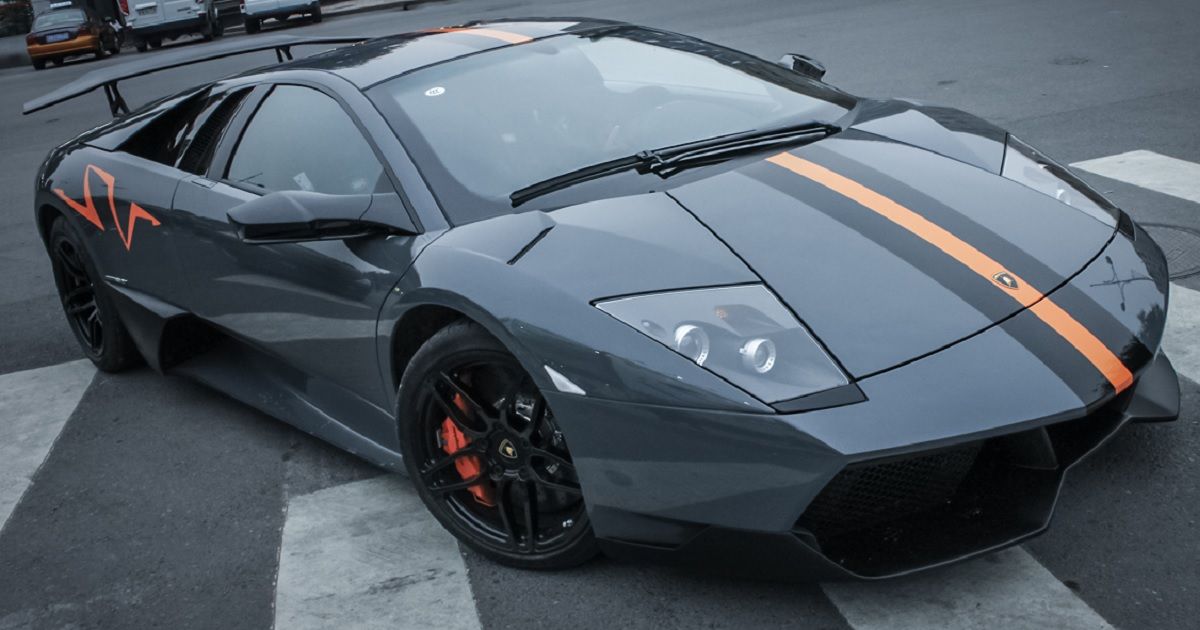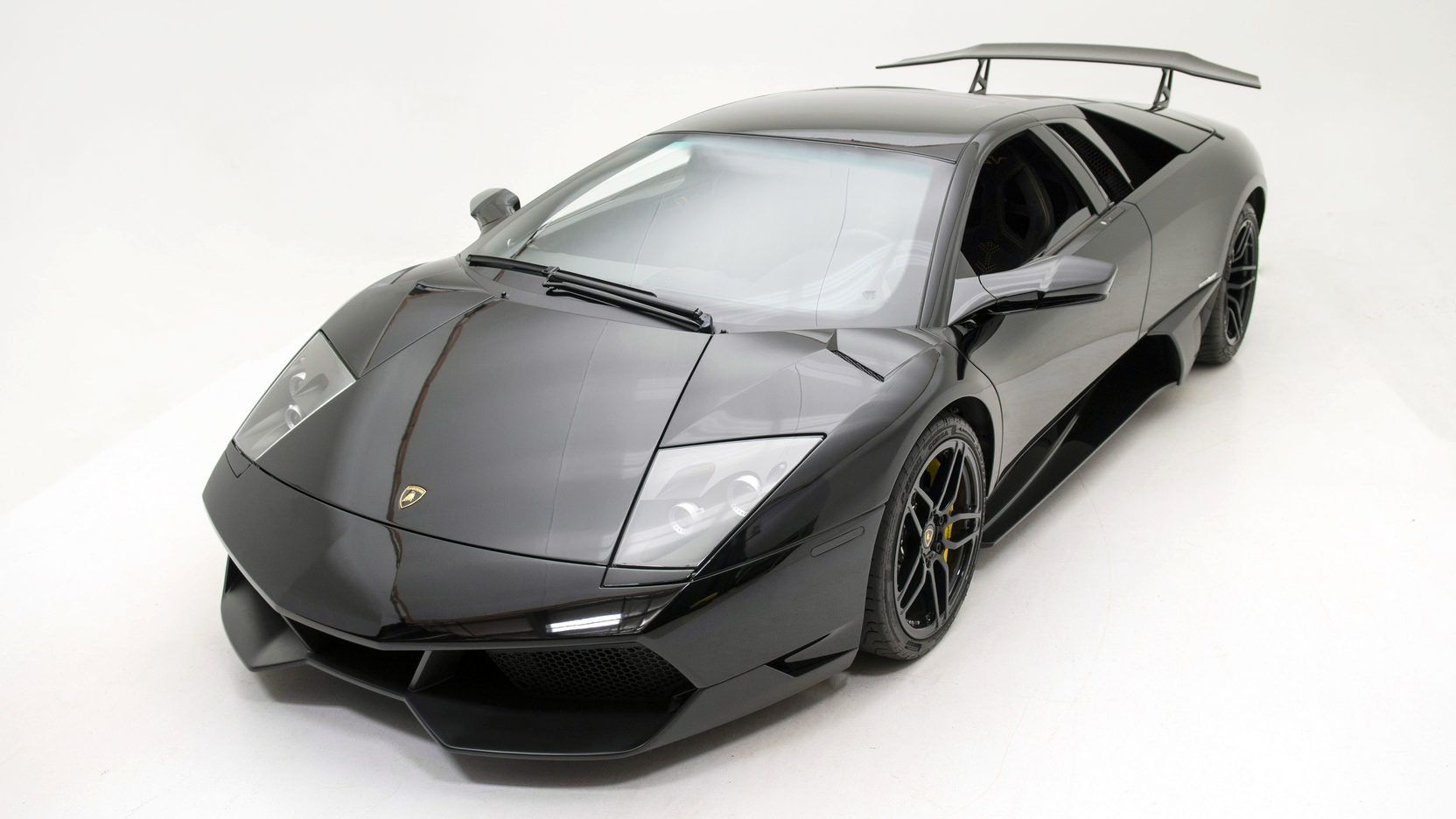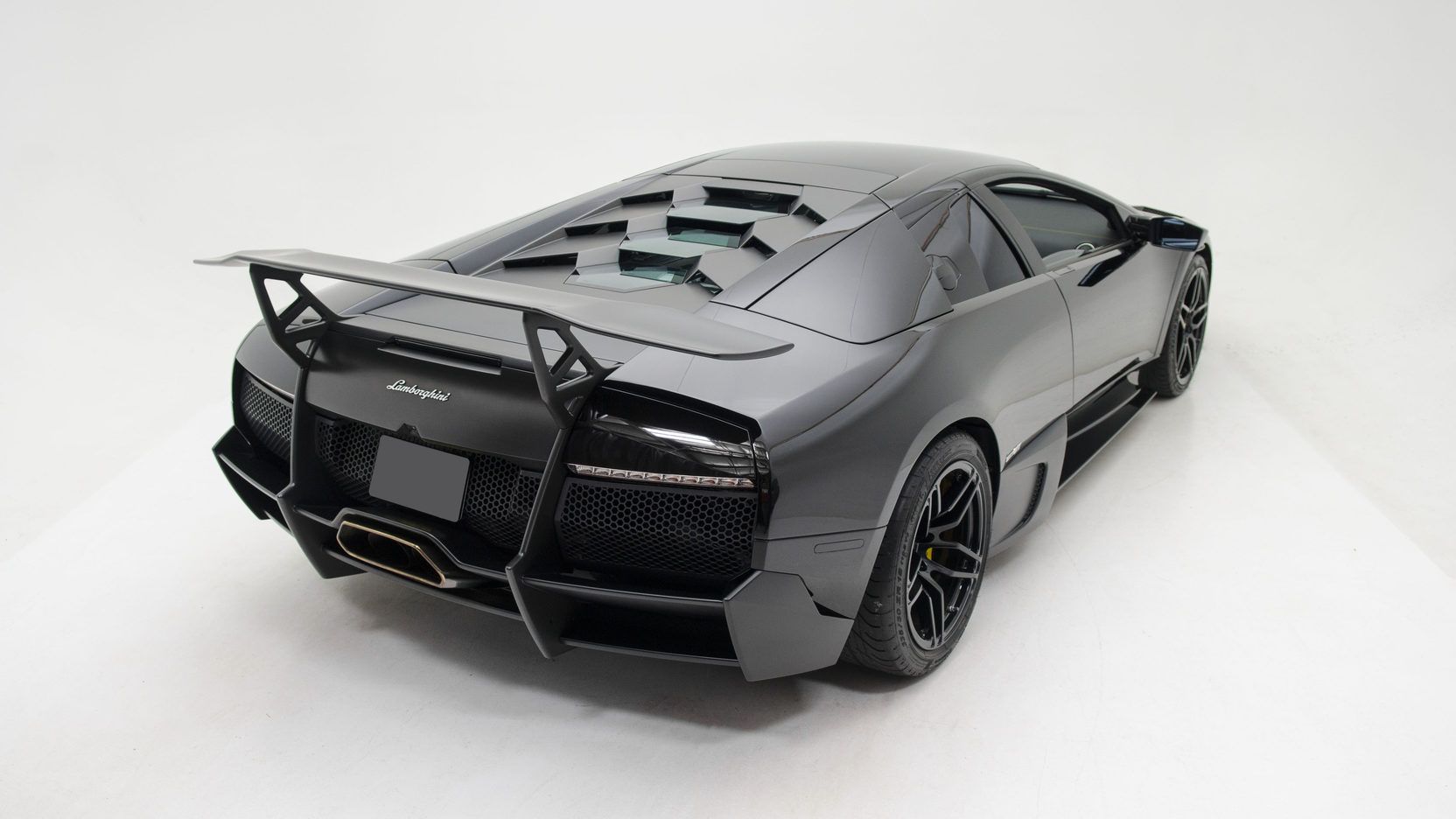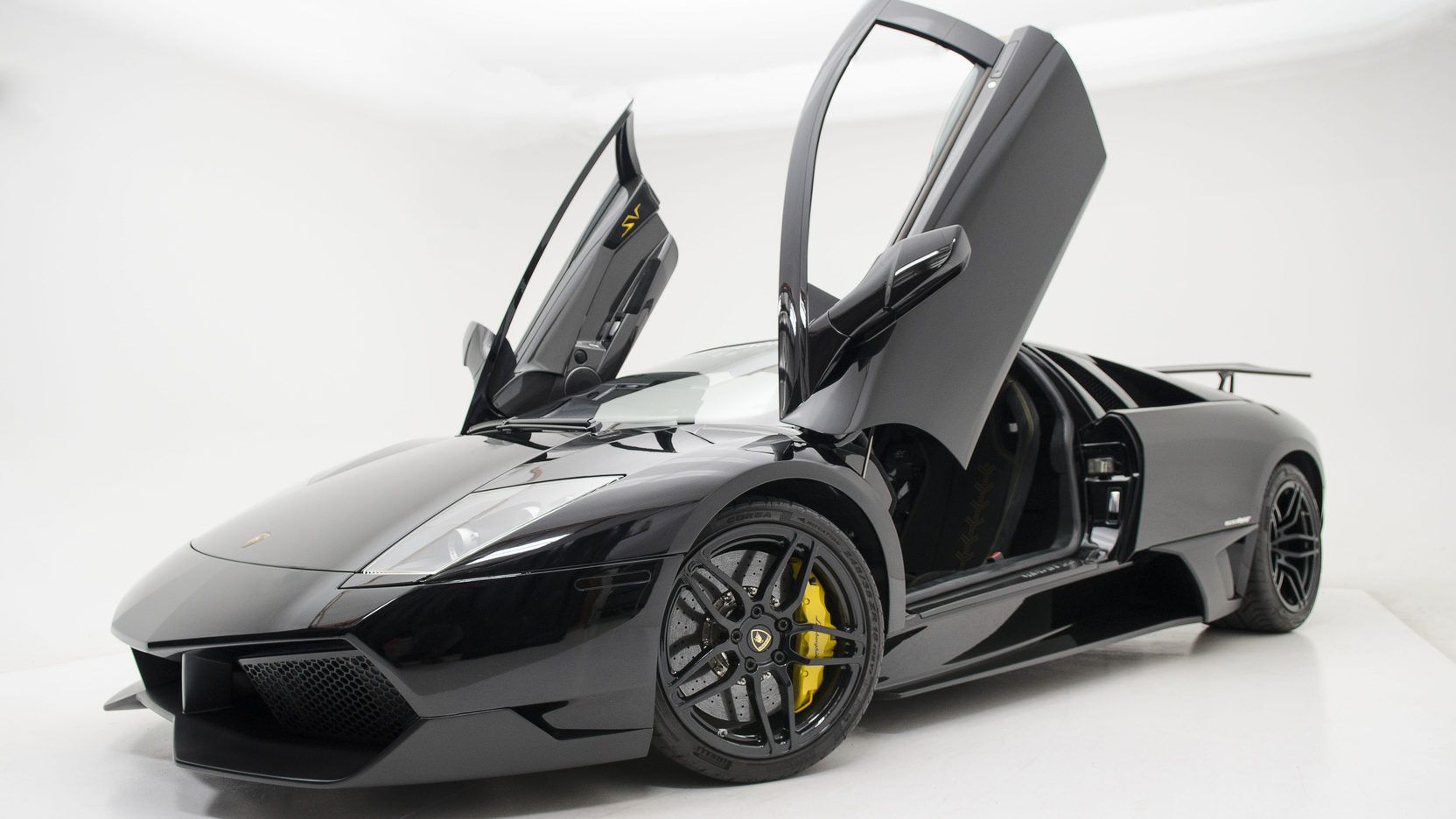When it comes to stylish, powerful, ultra-desirable supercars, there are several great brands out there, but one of the most iconic and legendary for decades has been Lamborghini, with a lineup filled with influential and iconic supercars that are among the best in the world. Born from tractor maker Ferruccio Lamborghini's spite against Ferrari and their philosophy, Lamborghini quickly became a respected, groundbreaking Italian brand, creating the very definition of what a supercar is with their incredible Miura. Always the outrageous, unapologetic player in the market, this V12 powered Miura would set the pace for their most legendary models.
Using that Bizzarrini V12 found in the Miura, the big V12 Lambo evolved through several owners of Lamborghini as a company, spawning the Countach, Diablo, and then in 2001, the Murcielago. An iconic supercar of the 2000s, the sleek supercar was the perfect follow up to the Diablo, remaining on sale as a flagship for the brand for years until the equally cool, much faster Aventador came about to replace it in the 2010s. Before its replacement, though, the Murcielago had one final swan song, turning the already wild and dramatic supercar up to 11 in the form of the Murcielago LP-670-4 SuperVeloce.
A Proper Send Off
Debuting in 2001, the Murcielago was already a special car, and in proper Lamborghini tradition, its name was taken from a famous fighting bull. Name aside, the Diablo it replaced was already a serious step forward for the company, and now under Volkswagen's ownership, the Murcielago brought Lamborghini into the modern era beautifully, with sleek wedge-shaped styling designed by Luc Donckerwolke, and the glorious Bizzarrini V12 evolved with modern tech to be more powerful than ever before.
An instant star, the Murcielago would see several variants along the way, including the Roadster and eventually the LP-640 in 2006. Face-lifting the already awesome styling, the LP-640 brought not only more aggressive looks but a bigger 6.5 L V12 giving an increased power output of 632 hp, alongside a new exhaust, suspension, and several other tweaks.
By 2009 though, the new Aventador was on the horizon to replace the now-aging Murcielago, and in a tradition seen on the Miura and Diablo, the special SV nameplate was brought out to signify a special final edition that would give the best performance the car could offer. Unveiled at the Geneva Auto Show that year, the Murcielago SV was exactly that, and for 2010 it debuted on sale.
A Performance Punch
The moniker of SV and its "final performance sendoff" implications were not just for show, and the Murcielago SV truly lived up to its purpose with a plethora of changes and improvements that made it an absolute monster, even compared to the already brutal LP-640. The first of these changes revolved around the engine, taking the LP-640's mid-mounted 6.5 L V12 from 632 to 661 hp (670 under European classification, hence the LP-670 designation). Doing this with a modified air intake and tweaked valve timing, a special exhaust was also installed, producing (arguably) one of the greatest V12 sounds out there. Pairing to either an E-gear or stick-shift 6-speed-transmission, the stick-shift was a thrilling but rare option, with only a handful made with it.
Power wasn't all that made it a beast either, as a total weight savings of 220 lbs was achieved through several modifications like a lighter-yet-stronger steel chassis that also improved handling with an increase of rigidity by 12%, as well as that new lighter exhaust, race-style carbon fiber seats, alongside carbon fiber fenders, quarter panels, engine cover, front spoiler, and rear wing. Also, the active spoiler from the "normal" Murcielago was gone in favor of a fixed design, increasing drag but lowering weight.
As part of this, the Murcielago SV got some awesome design changes in those lightened areas, making it look properly modern in spite of its at that point aging design. While the weight savings were indeed thorough, the Murcielago SV still wasn't exactly lightweight, tipping the scales at 3,850 lbs. Using an AWD drivetrain with limited-slip-differentials front and rear, with a 35/65 front/rear torque balance, though, the Murcielago SV handled with much more direct and precise characteristics, helped in turn by a re-tuned steering system making for a competent and grip-filled ride even when pushed hard. Speaking of pushed hard, the Murcielago SV posted some acceleration and speed figures that still hold up as great, namely a 0-60 mph time of 3.2 seconds and a top speed of 209 mph.
An Intense Interior
Mostly the same compared to the LP-640, the SV's interior carried the same aggressive and snug design but with some modifications. Of course, entering the car is done through Lamborghini's signature scissor doors, swinging upwards to reveal a whole lot of lightweight Alcantara bestowed throughout the cockpit. Those aforementioned lightweight seats are all carbon fiber and have snug bolstering to keep you in place during hard driving.
While nice, the Murcielago SV was one of the last of the old-style supercars, where ergonomics and creature comforts played second fiddle to the driving experience. Tech inside isn't exactly great, with a lot of the switches and buttons being plastic and the infotainment being a somewhat generic Kenwood unit that wasn't all that impressive, even by 2010 standards.
Rear visibility is also terrible, and a rearview camera to make it bearable was a whopping $4,350 option when new. Other than that, the analog gauges and somewhat bland steering wheel also make this spirit evident, as well as the off-center pedal box. In terms of practicality, the Murcielago SV is as deficient as you'd expect, with it not being a priority in any sense. Fuel economy is around 8 mpg city and 14 mpg highway, while cargo space is nearly non-existent with a 5 cu-ft trunk - about the same as a Ferrari 458 of the time.
Pricing
Meant as the ultimate, final Murcielago, the LP-670 SV had a planned production run of 350 units, but that didn't pan out. With the Aventador released in 2011, production of the Murcielago had to come to an early end, and by its discontinuation, just 186 Murcielago SVs were made - out of around 4,000 Murcielagos total. Sold at a serious premium over the LP-640, the LP-670 SV had a hefty base price of $452,995 when new.
Today, that price seems almost like a bargain, as with the Aventador introducing a more civilized style to the V12 Lambo supercar, the Murcielago SV is hailed as one of the last true "insane" types. Thanks to this, you'll need to spend $600,000 on the low end for one, with the high end reaching $850,000 to nearly $1 million, especially for stick-shift-equipped examples.





